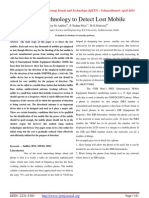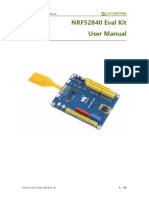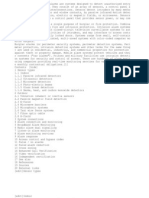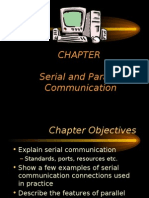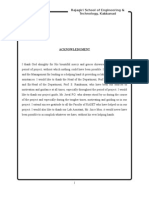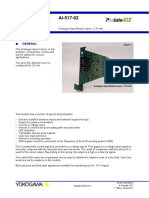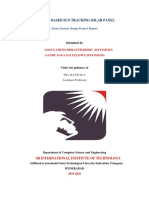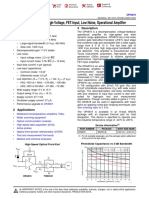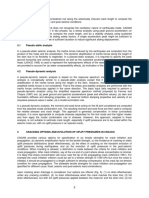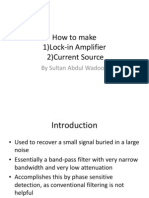50% found this document useful (2 votes)
584 views28 pagesB.Tech FM Bugger Circuit Report
This document contains a declaration, certificate, and summary of a student mini project report on an FM bugger circuit. It declares that the report was written by the student for their undergraduate degree and was not copied from other sources. It also contains certificates signed by the student's project guide and program coordinator stating that the student completed the mini project to fulfill their degree requirements. The project involved designing and building a circuit to transmit audio from a microphone to a standard FM radio receiver to allow listening to conversations remotely.
Uploaded by
Vaishali TaralCopyright
© © All Rights Reserved
We take content rights seriously. If you suspect this is your content, claim it here.
Available Formats
Download as DOCX, PDF, TXT or read online on Scribd
50% found this document useful (2 votes)
584 views28 pagesB.Tech FM Bugger Circuit Report
This document contains a declaration, certificate, and summary of a student mini project report on an FM bugger circuit. It declares that the report was written by the student for their undergraduate degree and was not copied from other sources. It also contains certificates signed by the student's project guide and program coordinator stating that the student completed the mini project to fulfill their degree requirements. The project involved designing and building a circuit to transmit audio from a microphone to a standard FM radio receiver to allow listening to conversations remotely.
Uploaded by
Vaishali TaralCopyright
© © All Rights Reserved
We take content rights seriously. If you suspect this is your content, claim it here.
Available Formats
Download as DOCX, PDF, TXT or read online on Scribd
/ 28






















